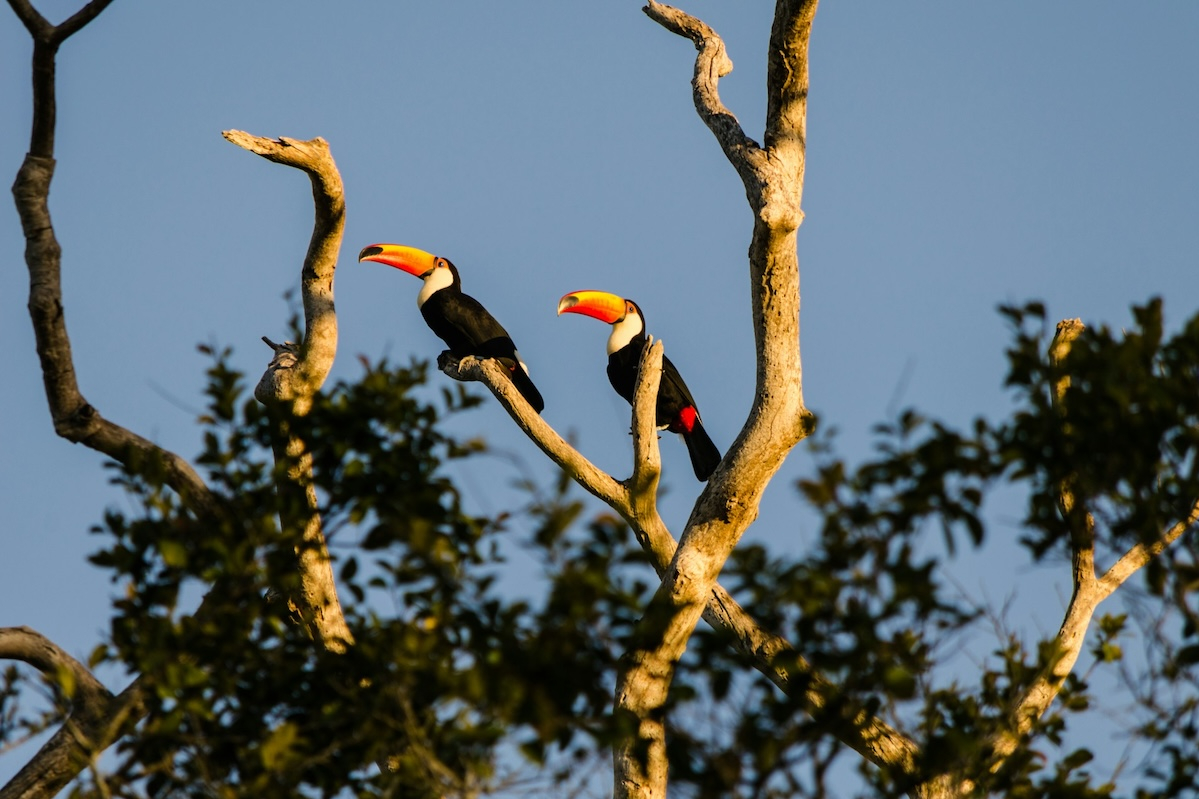Scientists warn of Threat to Pantanal Wetlands

The Hidrovia Paraguay-Paraná initiative, aiming to turn 700km of the Paraguay River into a shipping route, could spell “the end of an entire biome,” the paper, recently published in Science, warns.
Dredging for the waterway would cause “severe degradation” to the Pantanal’s unique biodiversity and cultural heritage, the researchers warn. Notably, the geographic areas requiring the most dredging are protected as National Parks, UNESCO World Heritage Sites, Biosphere Reserves, and Indigenous reserves.
Wetlands are vital ecosystems that play a crucial role in maintaining global climate, hydrology, and biodiversity. Among them, the Pantanal stands out as the largest freshwater wetland on Earth, boasting an astonishing array of plant and animal species, including many that are rare or extinct elsewhere. However, this unique ecosystem now faces a grave threat in the form of the Hidrovia Paraguay-Parana (HPP) project.
The planned project would deepen the natural channel of the Paraguay River, resulting in disconnecting the river from its floodplain and shrinking the wetland area. The Pantanal is the largest contiguous freshwater wetland on Earth, with 2272 species of plants, more than 580 bird species, and permanently increasing counts of fish species.
Driving this project is the growth of industrial soybean farming, which necessitates a shipping route to transport goods from production areas to coastal ports. Barges would also carry sugar, corn, cement, iron, and manganese to international markets.
The Hidrovia Paraguay-Parana (HPP) project aims to improve navigation and infrastructure along the upper Paraguay River, to facilitate year-round transportation of commodities on barge trains (tows) from Brazil, Paraguay, and Bolivia to seaports in Argentina and Uruguay for export to North America, Europe, and Asia. The main argument in favour of extending the HPP through the Pantanal is that it would reduce transport costs, but this does not consider the negative environmental and social impacts that have already become evident.
The Pantanal’s unique socio-ecosystem depends on the natural flood pulse, which provides a habitat for a diverse array of species and sustains traditional ways of life for Indigenous, African, and European cultures. Modification of the river’s flow would not only threaten the existence of numerous plant and animal species but also erode the cultural diversity that has flourished alongside the river for centuries.
Modification of the environmental structures and resulting ecosystem services would reduce the hydrological buffering effect of the Pantanal wetland, resulting in an earlier arrival of the flood wave and an increased flood height of the Paraguay River, in turn increasing the severity of flood peaks in the downriver areas in Argentina. Extreme hydrological events have been increasing in the Pantanal in recent decades, and the extent of flooding has already decreased by 16 % in the Paraguay River region in the past 10 years.
Authors of this study also anticipate that the drainage of the Pantanal floodplain wetland would result in the expansion of monocultures such as soybeans, sugarcane, corn, cotton, and exotic pastures, and the use of pesticides, which in turn affect local communities. Dredging and disturbance of the flow regime will also cause a multitude of severely negative impacts. Despite claims of economic benefits, the feasibility of the HPP project is also uncertain. Past experiences indicate that dredging alone will not guarantee year-round navigation, whilst entailing high environmental and social costs.
The researchers of this study emphasise the critical importance of the Paraguay River: “It represents the biocultural heritage of the Brazilian people and the entire world.” Their findings urge a re-evaluation of the Hidrovia Paraguay-Paraná project to safeguard this irreplaceable ecosystem.
Read the paper here.




